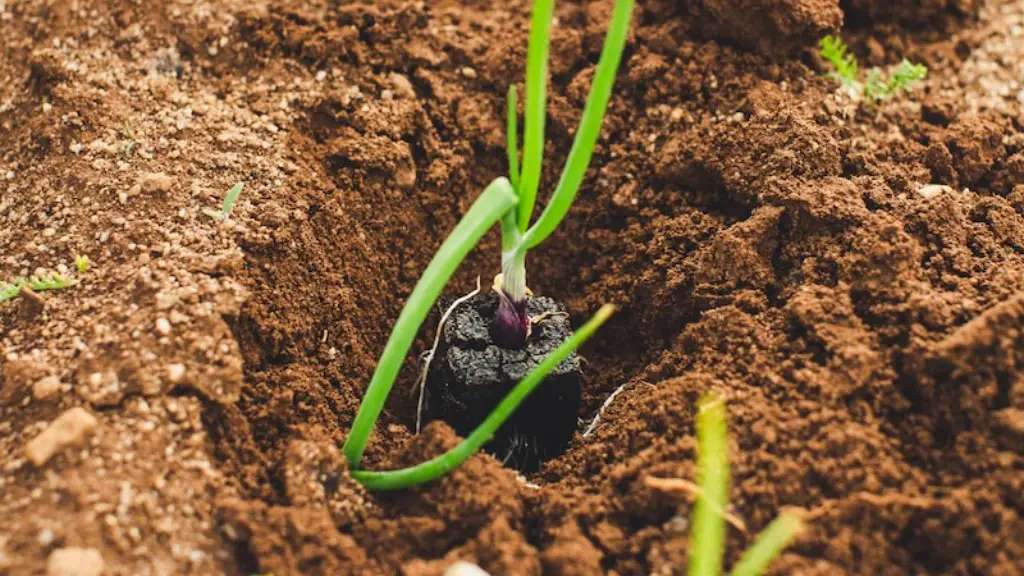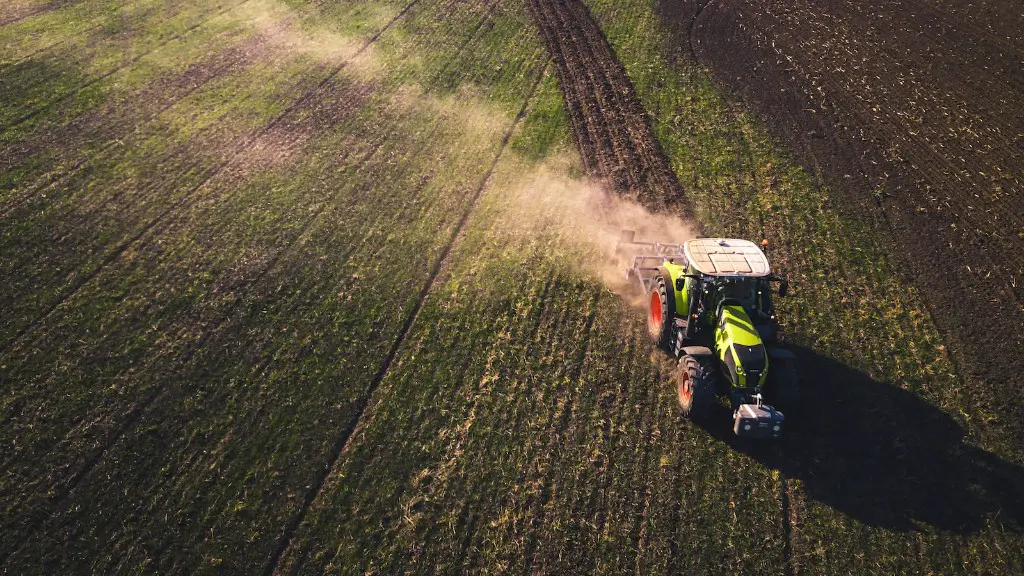Agricultural produce refers to any food product derived from cultivated plants and animals, including livestock, milk, eggs, fruits, vegetables, herbs, and grains. It also encompasses other items like grass-fed meat and fish, as well as plants and fungi. Produce refers to products that are grown or raised by farmers or ranchers, as well as those produced by small-scale operations. All agricultural produce is classified according to its usage or product type, such as dairy products, fruits and vegetables, grain, fiber, and processed food. In the past, most agricultural produce was small-scale, but modern technology has allowed for larger scale production of certain items, such as fruit and vegetable juices.
History of Agriculture Produce
Agricultural produce has been an important part of human history for thousands of years. The domestication of plants and animals was an important development in human history as it allowed for an increase in the production of food and the development of new methods of food preparation. As agricultural technologies advanced, so too did the amount of food available. Over the centuries, this has led to an increased variety of agricultural produce. For example, today, it is easy to find exotic fruits and vegetables that were rarely seen a few hundred years ago.
Types of Agricultural Produce
Agricultural produce can be broadly divided into three main categories: animal, plant and fungi. Animal produce includes dairy products, such as dairy milk and other dairy products like yogurt; poultry products, including chickens, ducks, geese, and turkeys; pork products, including bacon and sausage; and fish and seafood, such as fish and shellfish. Plant produce includes fruits, vegetables, herbs, grains, and pulses. Fungal produce includes mushrooms and truffles.
Harvesting and Processing of Agricultural Produce
Harvesting and processing are the two main steps involved in the production of agricultural produce. Harvesting refers to the process of collecting the produce from the farm or field. This is done either manually or with the help of machinery. After harvesting, the produce needs to be washed, sorted, and packaged for transportation and sale. Processing is the step that follows harvesting, where the produce is processed in order to make it safe for human consumption and facilitate its eventual sale.
Uses of Agricultural Produce
Agricultural produce is a major source of food for humans and is also used to create other products. For example, milk, cheese, and yogurt are dairy products and can be used to create a variety of food items. Other uses of agricultural produce include medicinal and herbal products; soaps, shampoos, and cosmetics; and animal feed. Additionally, agricultural produce can be used as an industrial ingredient in certain industries, such as the production of ethanol.
Modern Technology and Agriculture Produce
Modern technology has drastically increased the productivity of agricultural production. Advanced machinery has made harvesting easier, and the use of computers and robotics has made the management of production much more efficient. This has led to increased yields and more consistent quality of agricultural produce. In addition, modern technology has allowed for improved tracking and control of diseases and pests, as well as the use of genetic engineering to improve crop genetics for higher yields.
Nutritional Values of Agricultural Produce
The nutritional value of agricultural produce depends on its method of production and ingredients. For example, organic produce is generally higher in vitamins and minerals than those produced using conventional methods. Additionally, produce that is grown using sustainable methods often has higher nutrient levels than non-organic produce. Furthermore, certain types of produce, such as fruits and vegetables, are packed with essential vitamins and minerals, as well as dietary fiber which is essential for healthy digestion.
Economics and Agriculture Produce
The economics of agricultural production is complex, as it involves factors such as production costs, availability of resources, market conditions, and government regulations. In general, the production of agricultural produce is expensive, as it requires considerable inputs, capital investments, and labor. Furthermore, farming tends to be seasonal in nature and can be affected by weather conditions, leading to unpredictable yields. Thus, producers must always be cautious and aware when making decisions, and they must constantly adjust their production and pricing strategies in order to remain competitive in the market.
Transportation and Storage of Agricultural Produce
Transportation and storage are essential for the successful distribution of agricultural produce. Produce must be transported quickly and safely in order to minimize spoilage, and it must be stored in temperature-controlled environments in order to maintain its freshness and quality. Additionally, transportation and storage must be done in a manner that preserves the environment, such as by using recyclable or biodegradable packaging. Also, the use of modern tracking and security systems can help reduce the risk of theft or damage of the produce.
Marketing and Sale of Agricultural Produce
Marketing and sale are equally important steps in the cycle of agricultural production. To maximize profit, producers must be able to identify and target market segments that are willing to pay a premium price for their product. Additionally, producers must develop marketing plans that highlight the qualities of their product in order to attract customers. Producers must also be able to negotiate with buyers in order to get the best price for their product, and they must be aware of consumer trends in order to stay ahead of the competition.
Policy and Regulatory Concerns Regarding Agriculture Produce
The policy and regulatory environment surrounding agricultural production is highly complex due to its global nature. There are numerous health and safety regulations in place, such as those concerning the use of pesticides and fertilizers, as well as regulations regarding environmental protection and animal welfare. Furthermore, certain restrictions have been placed on certain types of agricultural produce in order to protect the interests of producers, such as the Common Agricultural Policy of the European Union. Additionally, agricultural subsidies are often used to encourage production and to help prop up certain industries.


